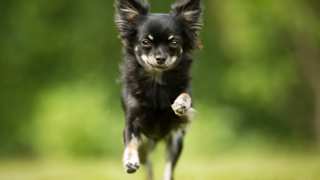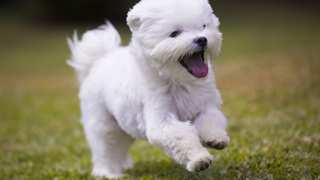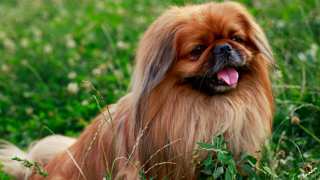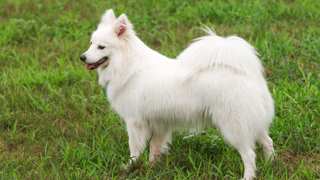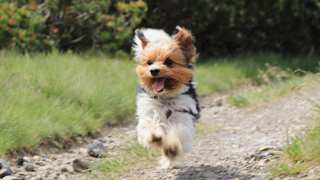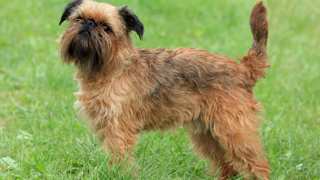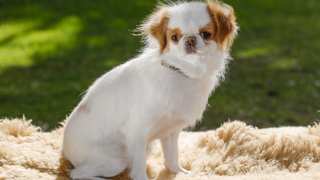Brushing a Pomeranian isn't a difficult task, but the Pomeranian brush should happen 3-4 times per week (if not daily). This breed's fluffy coat mats and tangles easily, so frequent brushing will minimize these tendencies.
Several different brushes for Pomeranians will be useful to have. Overall, the best brush for a Pomeranian is a slicker brush--but a 2-in-1 comb, a de-matting tool, and a pin brush are good to have on hand as well.
How to brush a Pomeranian: first, quickly go through the coat with the comb to see whether it has any mats or tangles--and if you find one, first try working it out with your fingers, then continue working through it with the comb if needed. If you encounter a particularly stubborn mat or tangle, the de-matting tool, with its double rows of curved teeth, will help work out the knotted hairs.
Then, before the main brushing with the slicker brush, wet the coat with water mist from a spray bottle. Next brush the coat section by section with the slicker, brushing deep down to the undercoat to remove any dead hairs that may be trapped there. Finish by going through the coat again with the pin brush to shape and fluff it.

